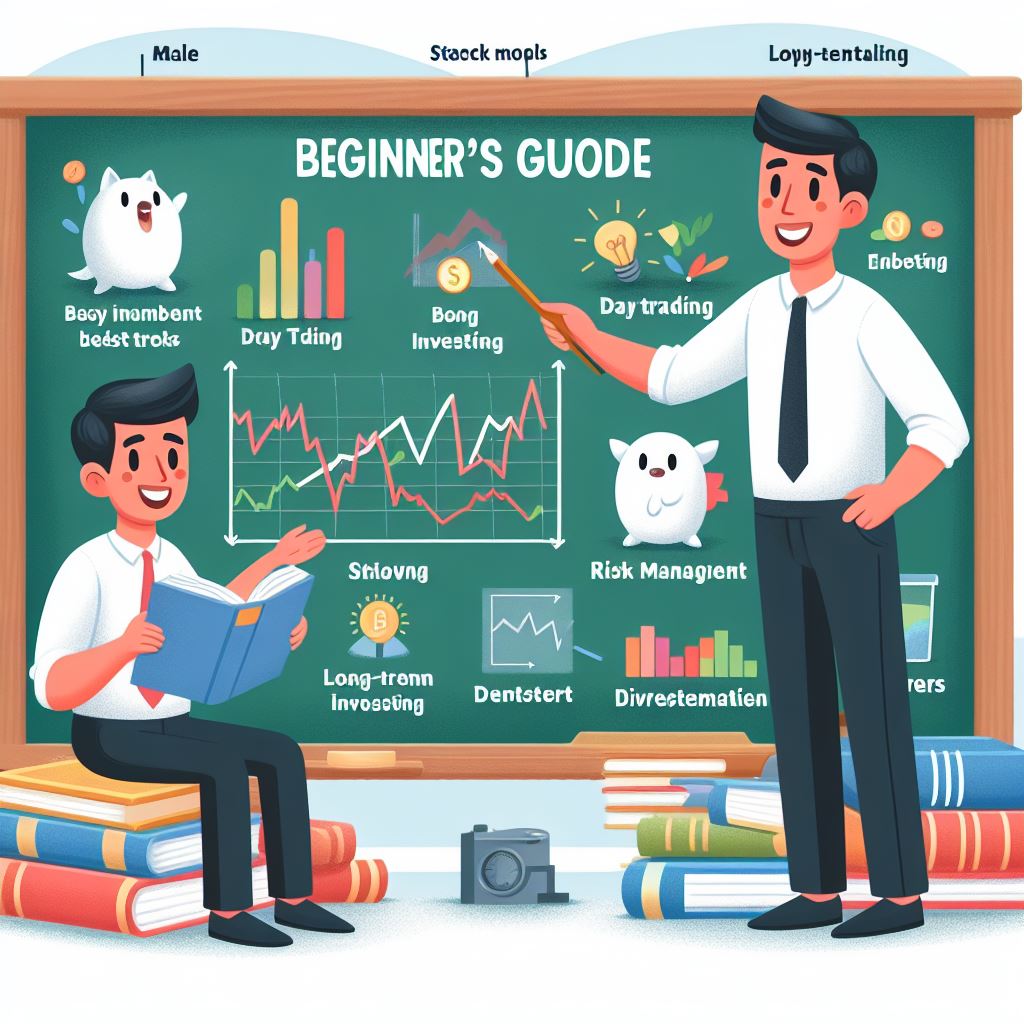A beginner’s guide to trading:
Introduction
Trading in financial markets can be an exciting and potentially profitable endeavor. However, it’s crucial to understand the basics before diving in. This guide is designed to help newbie traders navigate the world of trading, covering essential topics such as choosing a broker, understanding trading platforms, developing a trading plan, and managing risk.
1. Choose a Reliable Broker
Your broker is your gateway to the markets. It’s essential to choose a broker that offers a secure trading environment, competitive spreads, and robust trading platforms. Research different brokers, check their regulatory status, and read reviews from other traders.
2. Open a Trading Account
Once you’ve chosen a broker, you’ll need to open a trading account. This usually involves providing some personal information and depositing funds into your account.
3. Familiarize Yourself with the Trading Platforms
Trading platforms are software applications that allow you to place trades and manage your account. Familiarize yourself with the platform’s features and functionalities. Most brokers offer demo accounts where you can practice trading with virtual money.
4. Develop a Trading Plan
A trading plan outlines your financial goals, risk tolerance, and trading strategies. It helps you make disciplined and rational decisions, especially during times of market volatility14.
5. Conduct Research and Analysis
Successful trading involves analyzing market trends and making informed decisions. Stay updated with financial news, learn to read price charts, and understand economic indicators.
6. Place Your Order
Once you’ve done your research and decided on a trade, it’s time to place your order. You can choose to buy (if you believe the price will rise) or sell (if you believe the price will fall).
7. Monitor Your Trade and Manage Risk
After placing a trade, monitor the market conditions and manage your risk. Use tools like stop-loss orders to limit potential losses.
8. Review and Learn from Your Experience
Trading is a continuous learning process. Review your trades, learn from your mistakes, and continuously refine your trading plan.
Conclusion
Remember, trading involves risk, and it’s important to trade responsibly. Start with a demo account, learn as much as you can, and transition to live trading when you’re ready. Happy trading!


Hi, this is a comment.
To get started with moderating, editing, and deleting comments, please visit the Comments screen in the dashboard.
Commenter avatars come from Gravatar.